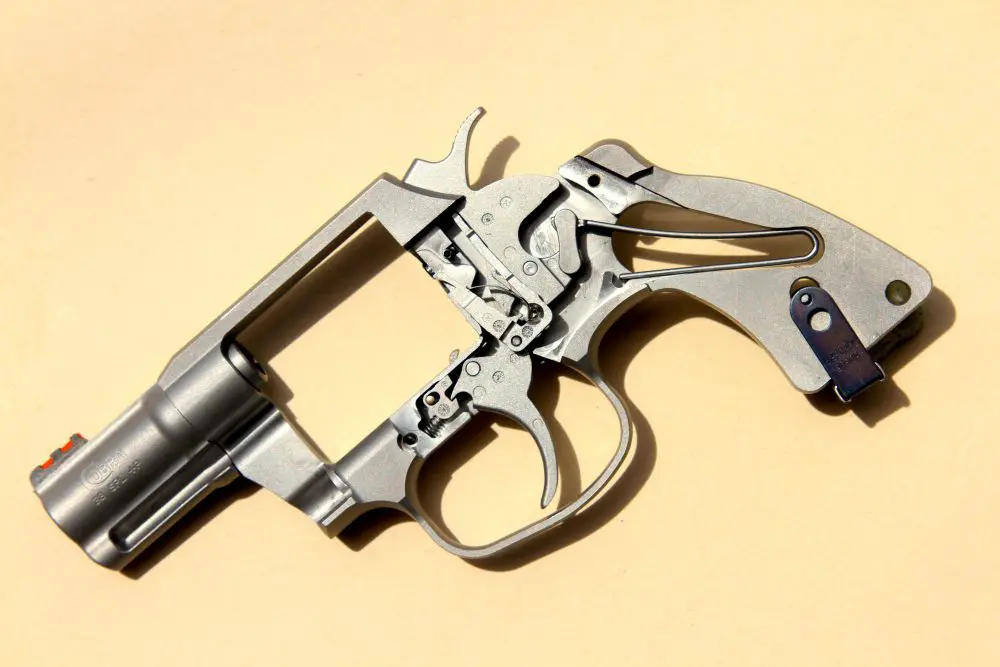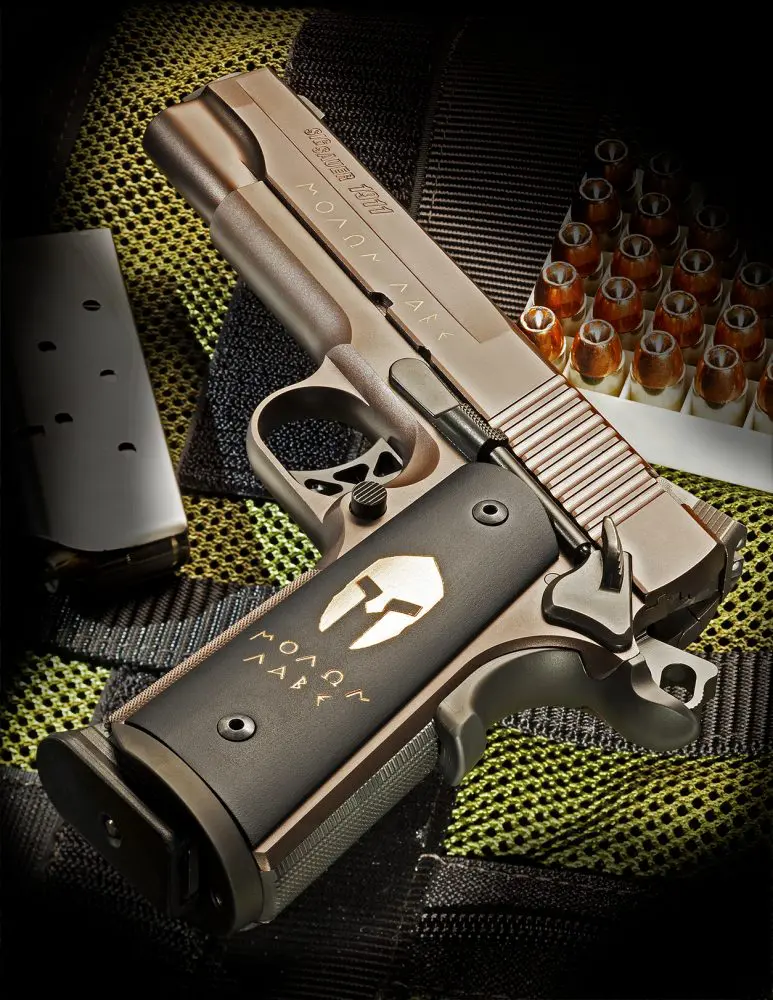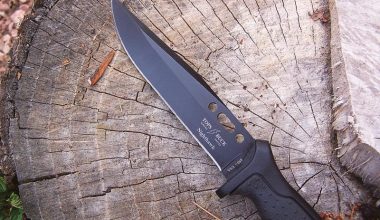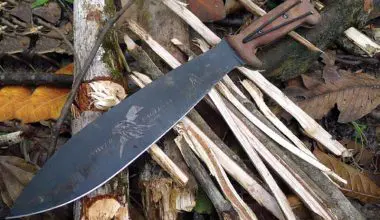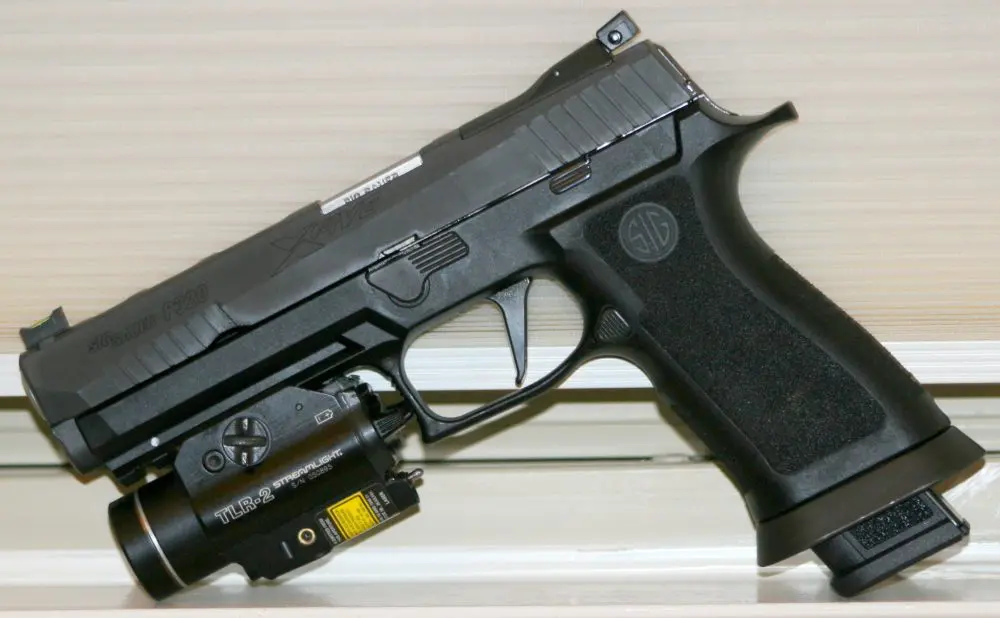Throughout history, certain weapons have risen beyond the status of simple tools of war to become true icons—instantly recognizable symbols of the people who wielded them. In the realm of edged weapons, knives such as the Fairbairn-Sykes dagger, the Nepalese kukri, and the venerable Ka-Bar immediately come to mind.
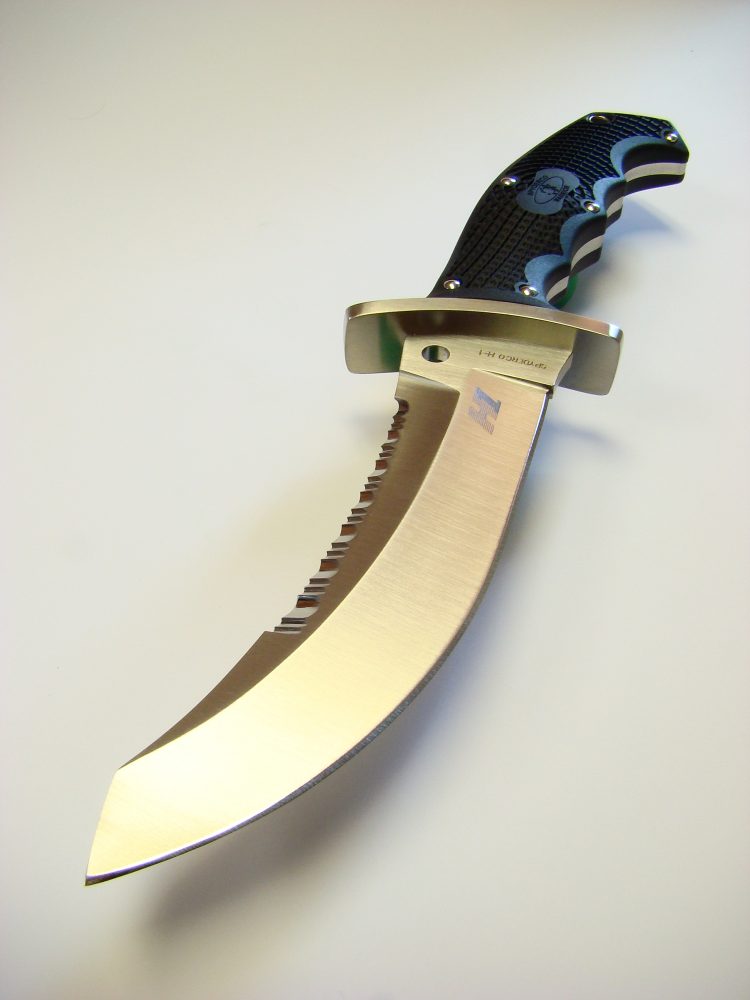
One less prominent, yet still highly recognizable, combat knife is the Warrior. Best known as the Al Mar Warrior, since that was the version that achieved the greatest commercial success, this unique fixed-blade design is widely attributed to the late Michael D. Echanis. In reality, the original design was the work of Echanis’ Hwa Rang Do® mentor Randy Wanner, who set out to create a knife that was a perfect complement to human body mechanics and the distinctive knife-fighting system that he and Echanis had devised.
After developing the basic concept, Wanner met Bob Taylor, a life-long martial artist and Vietnam combat veteran. Taylor realized the genius of Wanner’s concept and became deeply involved in refining it and actually making it available to the military community. In fact, thanks to Taylor’s efforts, the basic design was not only computer analyzed and enhanced, it was also produced on a limited custom basis from about 1981 to 1996.
Designed primarily for use in the reverse or “ice pick” grip, the original Warrior’s most distinctive characteristic was its sinuous “S” shape, which served several purposes. The convex curve of the handle filled the hand, complemented its natural shape, and enabled the user to maintain a completely straight wrist angle for maximum strength.
The other half of the “S,” the blade, was scientifically curved to represent the radius of movement of the hand based on the hinging movement of the elbow. During a reverse-grip stab—the most powerful attack possible with a knife—the blade’s radius and its angular relationship to the handle ensured that the point of the knife transferred maximum power into the target regardless of where in its arc it made contact.
The concave side of the original Warrior’s blade also featured a series of offset saw teeth that allowed the knife to “bite” during hooking and trapping actions and maximized its wounding effect during thrusts. Backed by an oversized handguard and a slightly compressible, finger-grooved grip, these features supported the delivery of extremely powerful, gross-motor-skill thrusts—exactly the kind needed in military close combat.
Despite its unique qualities, the original Warrior was too thick and heavy for a combat blade and never found a broad market. Although Bob Taylor successfully adapted it to the smaller Hobbit Warrior produced by Round Eye Knife and Tool (REKAT), even that expression of the design was short lived. The Warrior seemed destined to become a classic collectible rather than a true service weapon.
After about a decade had lapsed since the last manufacture of a Warrior, an Israeli martial artist named Guy Rafaeli resurrected the concept. Rafaeli, an instructor to elite Israeli military units, was surprised to see that his high-speed students were issued relatively low-budget combat knives. He was determined to provide them with weapons appropriate to their skills, so set about designing a proper combat knife based on his knife-fighting system and preferences.
As his concept took shape, he realized that it bore a striking resemblance to the Warrior. With the help of his father, Spyderco’s distributor in Israel, Rafaeli convinced Spyderco founder Sal Glesser to revive the Warrior concept, while at the same time adapting it to his design preferences and the needs of modern soldiers.
After several years of prototyping and testing, the Spyderco Warrior emerged as a significantly smaller and lighter knife that still maintains the distinctively functional ergonomics of the original. Measuring 10 5/8 inches overall and featuring a 5 1/16-inch blade, its skeletonized full-tang construction reduces its weight to only 8.2 ounces and makes it exceptionally light and fast. Like the original, the Spyderco Warrior retains the “S” shaped profile but features a broader blade tip to give it greater strength relative to its blade thickness. It also boasts textured injection-molded, fiberglass-reinforced nylon scales (handles) and an extended tang that terminates in an integral “skull crusher” point.
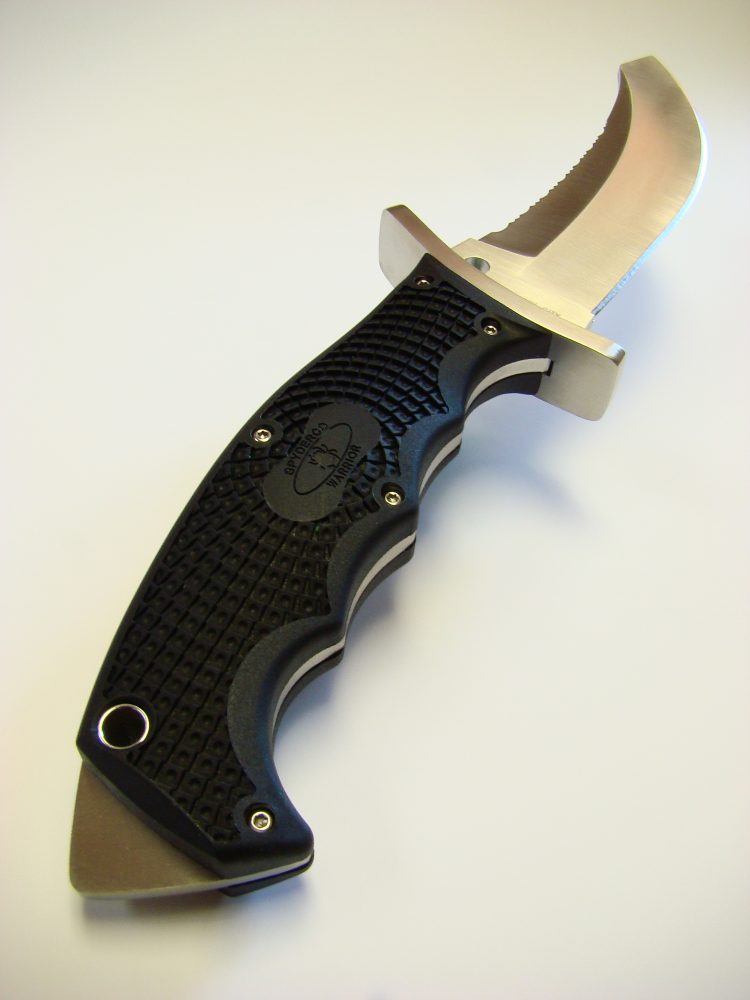
Unlike the saw teeth of the original, it includes a section of Spyderco-style serrations that are purpose-designed for cutting. Curiously, the addition of serrations was the only element of design input Echanis provided on the original Warrior, with the intent of increasing its utility, not as an aid in trapping. As such, the Spyderco serrations are actually a faithful representation of Echanis’ original input.
The Warrior is constructed of H-1 steel, an amazing material that uses nitrogen instead of carbon to create its steel matrix. This unique chemistry makes the blade completely impervious to rust, not just rust resistant like traditional stainless steels. As austenitic steel, H-1 also does not require traditional heat treating. Instead, it “work hardens” during manufacturing, a process that ultimately produces different hardnesses of the edge, bevels, and spine. The result is a knife that offers an extraordinary combination of strength, ductility, and cutting performance.
The Spyderco Warrior’s sheath also reflects an understanding of the needs of the modern soldier. Custom designed by Spec.-Ops.®, it consists of a molded plastic liner and a black Cordura® nylon body. It is suitable for both MOLLE attachment and conventional belt carry, and features an external Velcro® pouch that provides room for a sharpener, multi-tool, folding knife or pistol magazine.
Since Rafaeli’s concept for the Warrior was not exclusive to reverse grip, the sheath comes out of the box configured for right-side, edge-back carry on the belt. However, by reversing the plastic liner, a reverse-grip draw is easy to achieve.
The Spyderco Warrior is both a fitting tribute to the original design, as well as a significant evolution of the concepts that made it so unique. Lighter, faster, and more appropriate to the needs of the modern soldier, it also comes complete with a book that traces the fascinating history of this remarkable knife.
SOURCE:
Spyderco
Dept. S.W.A.T.
820 Spyderco Way
Golden, CO 80403
(800) 525-7770
www.spyderco.com

